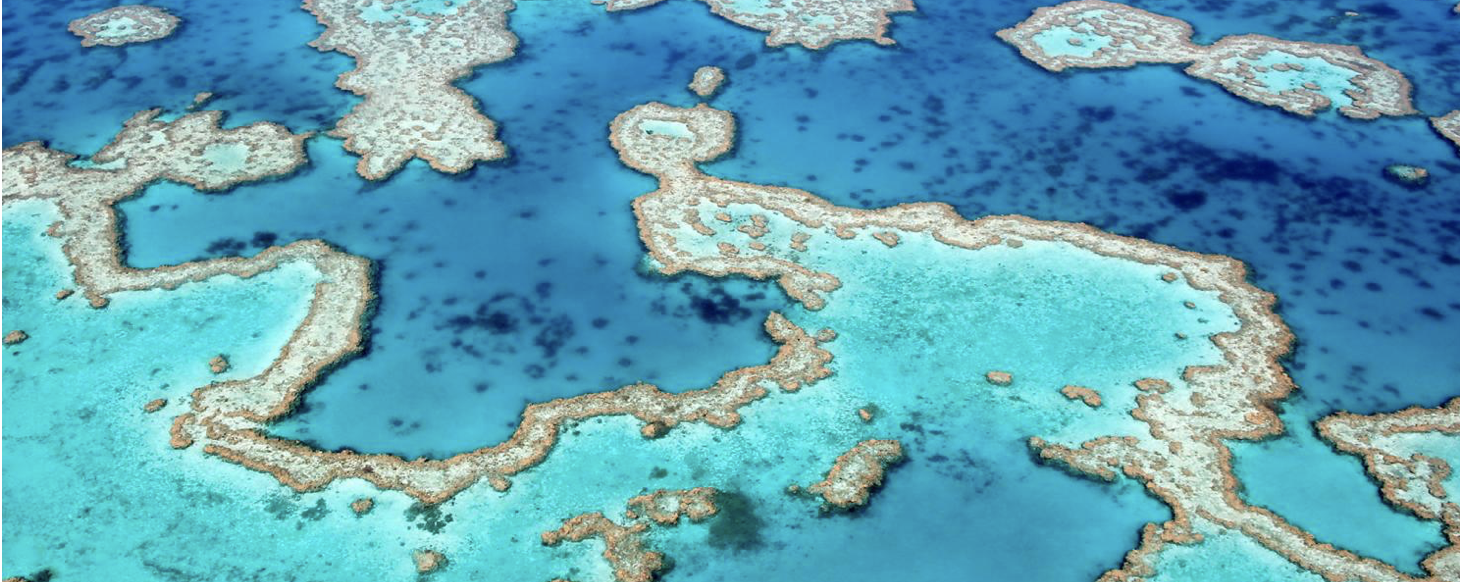Kerby Anderson
It is tempting to believe that life on earth is getting worse each day. The news media will highlight one catastrophe after another. But environmentalist Bjorn Lomborg says that the “inconvenient truth” is that there is quite a bit of good news about the environment.
Weather disasters are in the news. The latest flood, storm, wildfire, or heat wave makes headlines and are routinely covered even in the local news. Yet the facts show that our world is much safer today. For example, in the 1920s around a half a million people were killed by weather disasters. By contrast, the death toll for the last decade was around 18,000. And this year, along with 2020 and 2021, are tracking below that.
Television news focuses on wildfires because they are visual and destroy grasslands, forests, and homes. Once again, we can see positive trends. In the early years of the 1900s, around 4.5 percent of the land area of the world would burn each year. Over the last century, this declined to about 3.2 percent. Satellite data shows that just 2.5 percent burned last year.
One of the most important indicators is human life expectancy, which has doubled over the past century. In 1920, life expectancy was 36 years. Now it is 72 years. “A hundred years ago, three-quarters of the world’s population lived in extreme poverty. Today, it’s less than one-tenth.”
In the past, environmentalists used pictures of polar bears to highlight climate change. There were 5,000-10,000 polar bears in the 1960s. Today there are at least 26,000 and you don’t see as many pictures of them as before.
I agree with Bjorn Lomborg. It’s not all bad news about the environment.
 Listen Online
Listen Online Watch Online
Watch Online Find a Station in Your Area
Find a Station in Your Area










 Listen Now
Listen Now Watch Online
Watch Online
